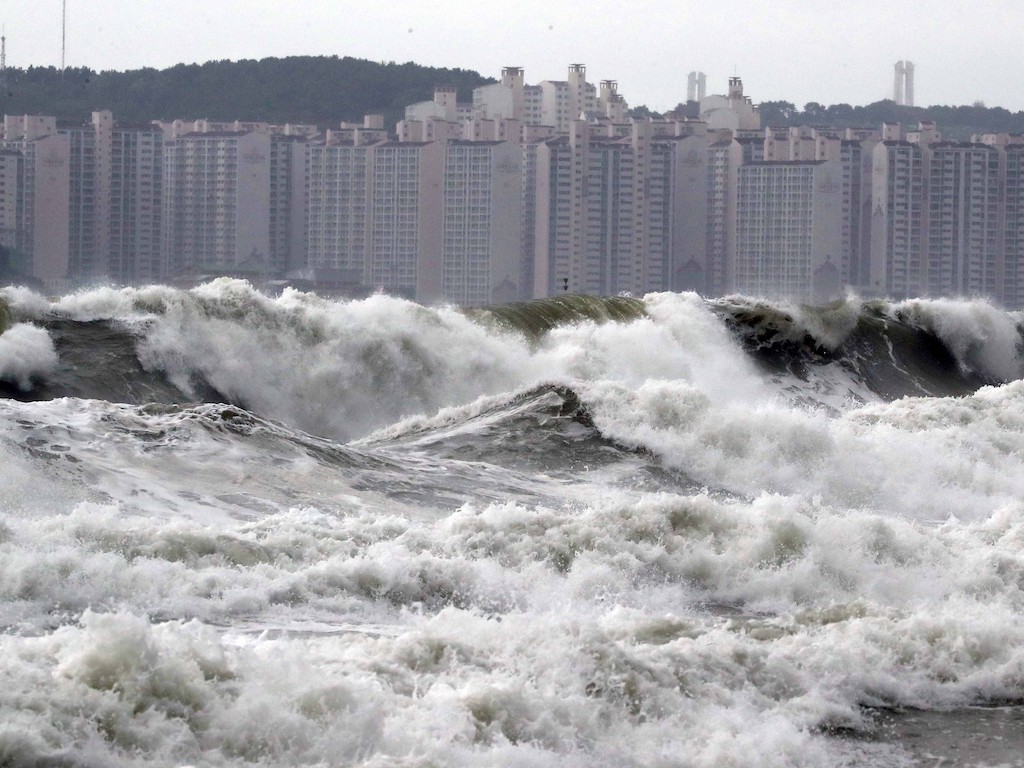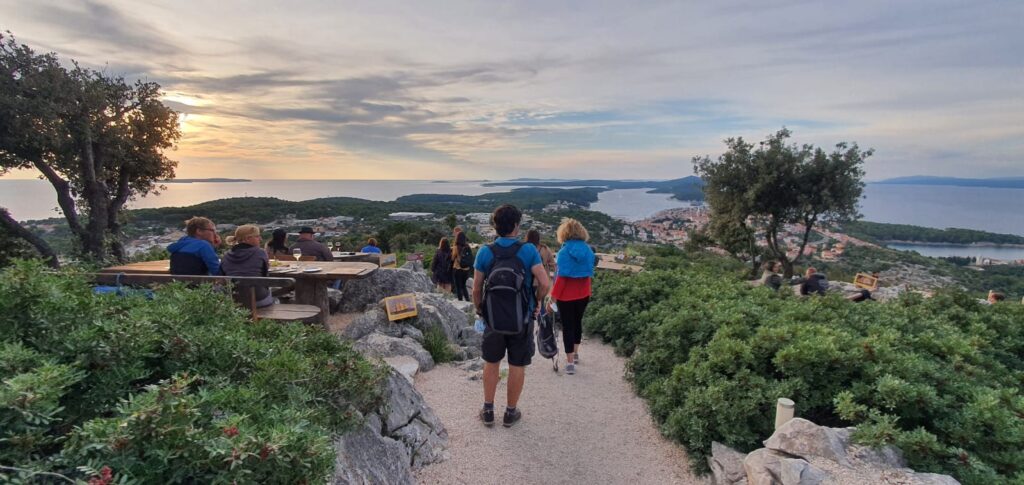Climate change is an existential threat to the Philippines. Nestled in the typhoon belt and comprised of over 7,000 islands with extensive coastlines, the country is ranked as one of the most vulnerable to climate change impacts.
The increasing frequency and severity of these impacts endanger the nation’s natural resources and the livelihoods of millions. This urgency calls for immediate adaptation and mitigation measures against climate change in the Philippines to safeguard communities and drive climate action towards a more sustainable future.
Causes of Climate Change in the Philippines
The Philippines’ contribution to global greenhouse gas emissions is relatively small, accounting for just 0.48% of the world’s total. However, it still has its fair share of emissions reductions to tackle. Here are some of the top causes of climate change in the Philippines:
Greenhouse Gases Emissions from Energy
Energy production is the leading source of greenhouse gas emissions in the Philippines. The nation’s heavy reliance on coal and oil for electricity generation contributes significantly to its carbon footprint. In 2023, fossil fuels accounted for approximately 88% of the country’s energy mix. In total, the country produces around 150 million tonnes of CO2 annually.

Deforestation and Land Use Changes
Deforestation is another critical issue. The Philippines lost about 14,700 square km of forest between 2001 and 2023, primarily due to agriculture, logging and urban development. This accounts for 835 million tonnes of CO2 emissions.
This 7.9% decline in total forest area not only increases CO2 levels but also threatens the country’s rich biodiversity, which plays a vital role in climate regulation by sequestering carbon dioxide. In a global context, while the Philippines is not the largest emitter, the rate of deforestation is concerning and has several knock-on effects for reducing the country’s climate resilience.
Agricultural Practices
Agriculture is the second largest greenhouse gas and methane-emitting sector in the Philippines, making it the 24th highest methane-emitting country. Methane has a global warming potential 28 to 84 times greater than carbon dioxide, making it a significant contributor to global climate change.

Rice cultivation is the leading source of these agricultural emissions, accounting for 62% of the total. This primarily occurs due to flooding fields, which creates conditions for bacteria-driven decomposition that releases methane. Livestock farming adds to this burden, accounting for 25% of the sector’s emissions, and fertilisers account for another 9%.
Consequences – Key Climate Impact Areas
Climate change affects the Philippines in multifaceted ways, impacting both natural ecosystems and human societies.
Increased Frequency of Extreme Weather Events
The Philippines experiences an average of 20 typhoons annually and extreme rainfall, with increasing intensity attributed to climate change. Super Typhoon Haiyan in 2013, one of the strongest ever recorded, resulted in over 6,200 deaths and USD 12 billion in damage. Such extreme events strain disaster response systems and infrastructure.
Sea-level Rise
Sea levels around the Philippines are rising at a rate of 5.7-7 mm per year, higher than the global average of 3.6 mm. This accelerated sea level rise poses risks to coral reefs, coastal ecosystems and coastal communities through erosion, increased flooding and habitat loss. An estimated 13.6 million Filipinos could be displaced by 2100 due to sea-level rise.
Biodiversity Loss
Changing temperatures and weather patterns disrupt habitats. The Philippines is a biodiversity hotspot containing between 70% and 80% of the world’s plant and animal species. Without changes, projected climate change will put many of these species at risk.
Impacts on People
Climate change in the Philippines significantly impacts people, creating interconnected challenges nationwide.
First, climate change is a significant human health concern, contributing to rising temperatures that lead to more frequent and severe heatwaves. It changes weather patterns, and leads to more intense rain and extreme weather events. These impacts drive heat-related illnesses, the spread of infectious diseases and loss of life. For example, during a two-week heatwave in April this year, there were 77 cases of heat-related illness and seven deaths in the country.
Second, key sectors of the economy are vulnerable. For example, agriculture, which employs about 23% of the workforce, suffered USD 39 million in damage from Typhoon Enteng in 2024. Similarly, fisheries face declining stocks due to ocean warming, with estimates showing a 24% decline in catch potential by 2050. Lastly, tourism, which accounts for 8.6% of the country’s GDP, is affected by coral bleaching, reducing tourist arrivals. So, climate change in the Philippines is a threat to food security and economic growth.
Lastly, social inequality is exacerbated as vulnerable populations are disproportionately impacted. These groups struggle to remain resilient to climate impacts and lack the resources to rebuild following extreme events. Furthermore, displacement from sea-level rise leads to urban migration, straining city services and heightening social tensions.
Climate Projections
Scientific research provides a sobering outlook for the Philippines if current trends continue.
Average temperatures in the Philippines could rise by 1.8-2.2°C by 2050. Additionally, rainfall patterns are expected to alter, with more intense rains during the wet season and drier dry seasons, impacting water resources and agricultural productivity.

Similarly, the severity of extreme weather events is projected to increase. Models suggest a potential 14% increase in the intensity of typhoons, with an up to 37% increase in damage.
Climate Change Adaptation and Mitigation
The critical need for both mitigating climate change and adapting to its effects in the Philippines cannot be overstated.
Mitigation Strategies
Mitigating climate change involves reducing greenhouse gas emissions to slow global warming. General strategies include transitioning to renewable energy sources, implementing policies to phase out fossil fuels and implementing reforestation initiatives. These measures help lower the country’s carbon footprint and contribute to global efforts to limit temperature rise.
The Philippines is making progress in mitigation through several initiatives. The Philippine Energy Plan aims to increase the share of renewables to 35% by 2030 and 50% by 2040. Projects like the 150 MW Burgos Wind Farm and the 360 MW Magat Hydro Power Plant are boosting clean energy capacity. The National Greening Program has reforested over 21,700 square km since 2011, enhancing carbon sequestration and restoring ecosystems.
However, more needs to be done. Coal still accounts for about 30% of the energy mix, and fossil fuel consumption continues to rise. Expanding renewable energy incentives, improving grid infrastructure and phasing out fossil fuel subsidies are crucial. Strengthening policies to curb deforestation and promoting sustainable agriculture can further reduce emissions.
Adaptation Measures
Adaptation strategies aim to reduce vulnerability to climate change impacts. This can include enhancing infrastructure resilience, developing early warning systems and improving water resource management. These help communities withstand and recover from climate-related disasters.
The government has acknowledged that climate adaptation is critical to the nation in the coming decades and recently released its National Adaptation Plan. The plan has three primary focus areas:
- Identify areas with high climate risk.
- Provide guidance for implementing adaptation strategies, from planning to implementation, across the public and private sectors.
- Ensure national strategies align with international commitments.
While the plan does not directly implement adaptation strategies, it is the framework for all levels of government to follow to apply adaptation across the country effectively. It is the groundwork for the country’s ongoing climate adaptation.
Despite this plan, challenges remain. Many communities lack sufficient resources to implement adaptation measures, even if they know what is needed. Strengthening community-based adaptation programs and increasing funding for resilient infrastructure are essential steps. In summary, more comprehensive and adequately funded strategies are necessary to build resilience nationwide.
The Path Forward for Climate Change in the Philippines – Climate Action
The Philippines must accelerate climate action by integrating science into policy. Policies and investments must focus on scalable solutions that address both mitigation and adaptation. Collaborative efforts between the government, the private sector and communities are essential to creating a sustainable future for the Philippines.
Eric Koons
Writer, United States
Eric is a passionate environmental advocate that believes renewable energy is a key piece in meeting the world’s growing energy demands. He received an environmental science degree from the University of California and has worked to promote environmentally and socially sustainable practices since. Eric has worked with leading environmental organisations, such as World Resources Institute and Hitachi ABB Power Grids.
Eric is a passionate environmental advocate that believes renewable energy is a key piece in meeting the world’s growing energy demands. He received an environmental science degree from the University of California and has worked to promote environmentally and socially sustainable practices since. Eric has worked with leading environmental organisations, such as World Resources Institute and Hitachi ABB Power Grids.
















